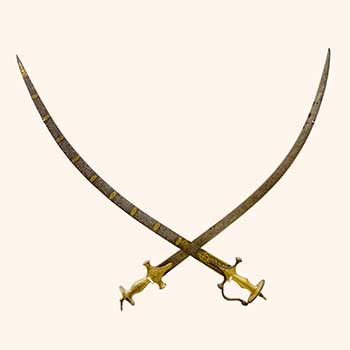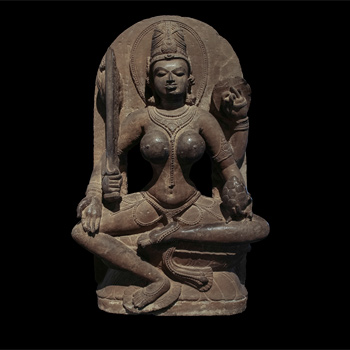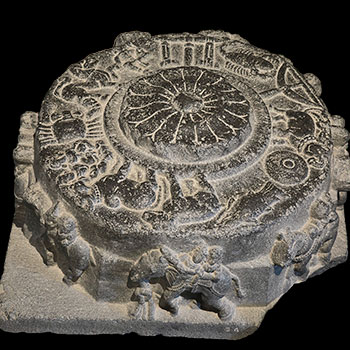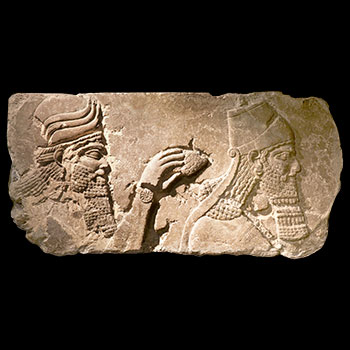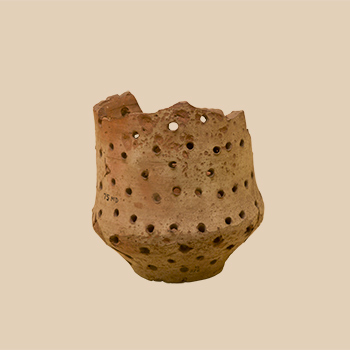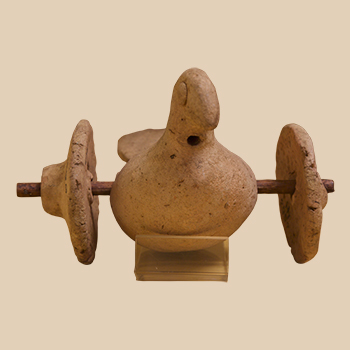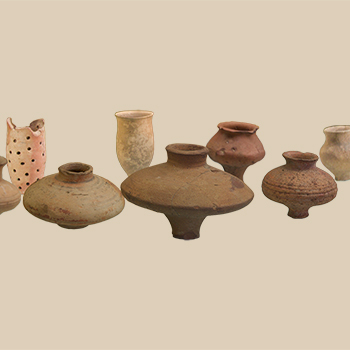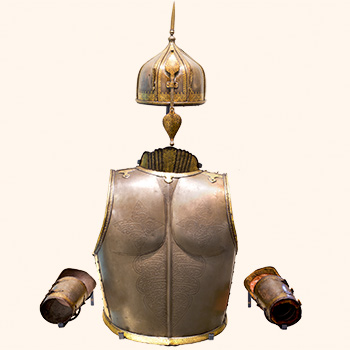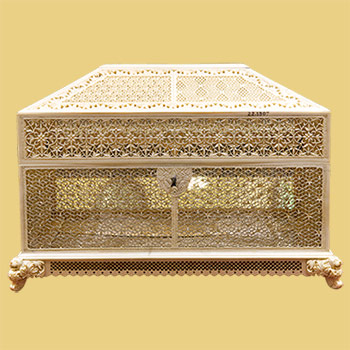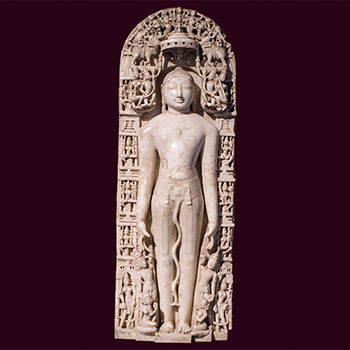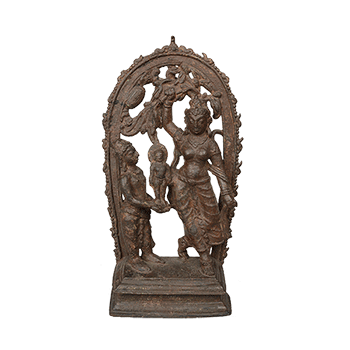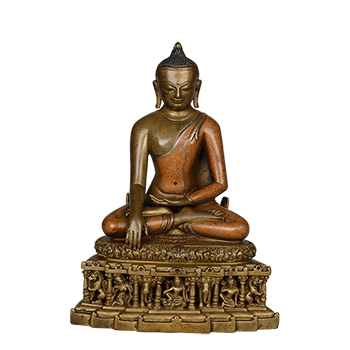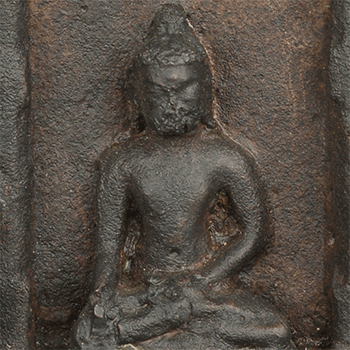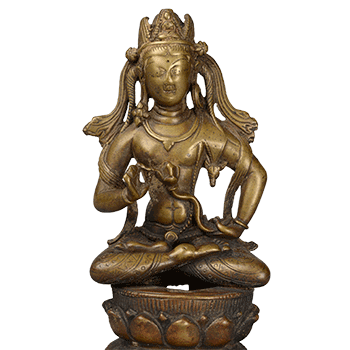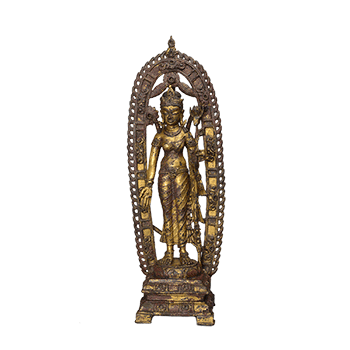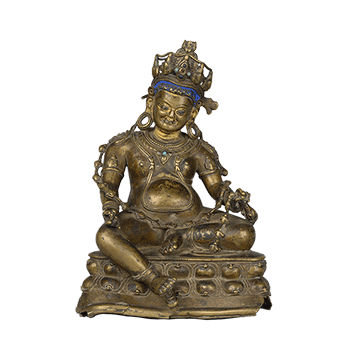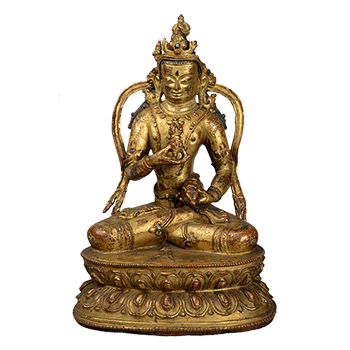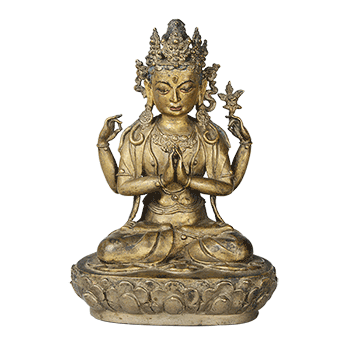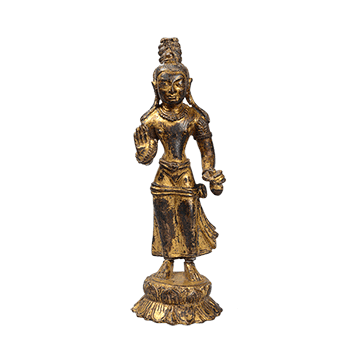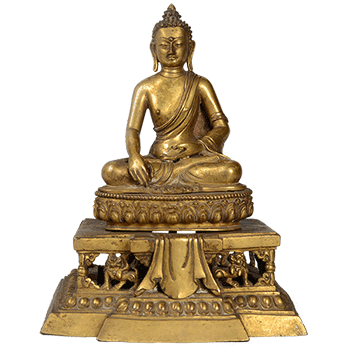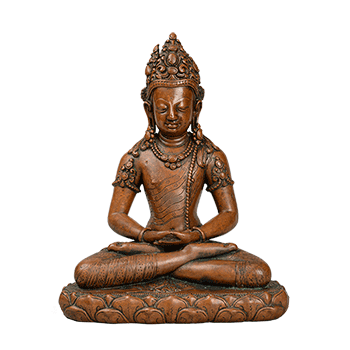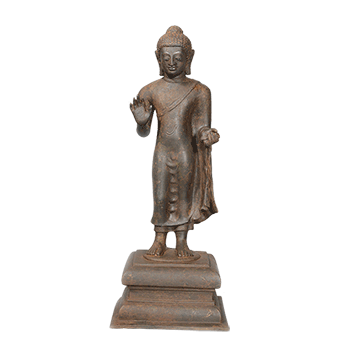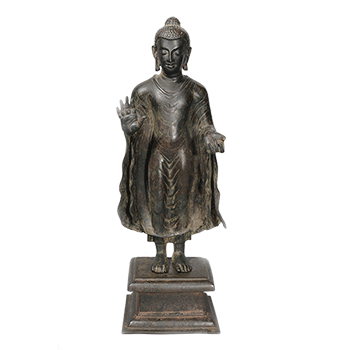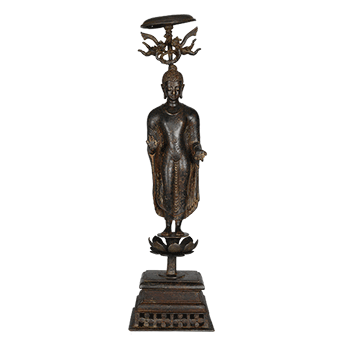The evidence that this shield belonged to the emperor Akbar, comes through an inscription on the shield which says, Buland Iqbal Shehanshah Akbar, year AH 1002. However, some scholars have contested the authenticity of the inscription. In the Mughal army which mainly relied on its cavalry, the shield was a part of the swordsman's equipment. It was carried on the left arm, or when out of use, slung over the shoulder. Shields were usually made of steel or hide and were generally from 17 to 24 inches (430 to 610 millimeters) in diameter. If made of steel they were often highly ornamented with patterns in gold damascening. The hide shields bore silver or gold bosses, crescents, or stars. Brahman soldiers wore shields made up of forty or fifty folds of silk painted with colors.

